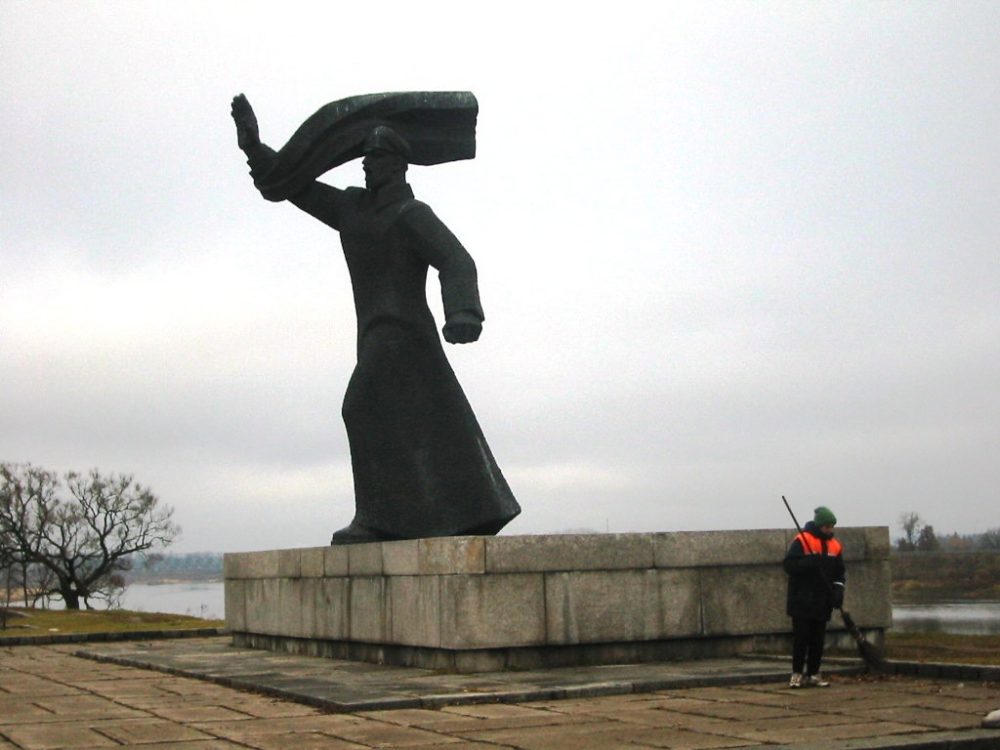The Baltics; 9 countries and a fascinating sea
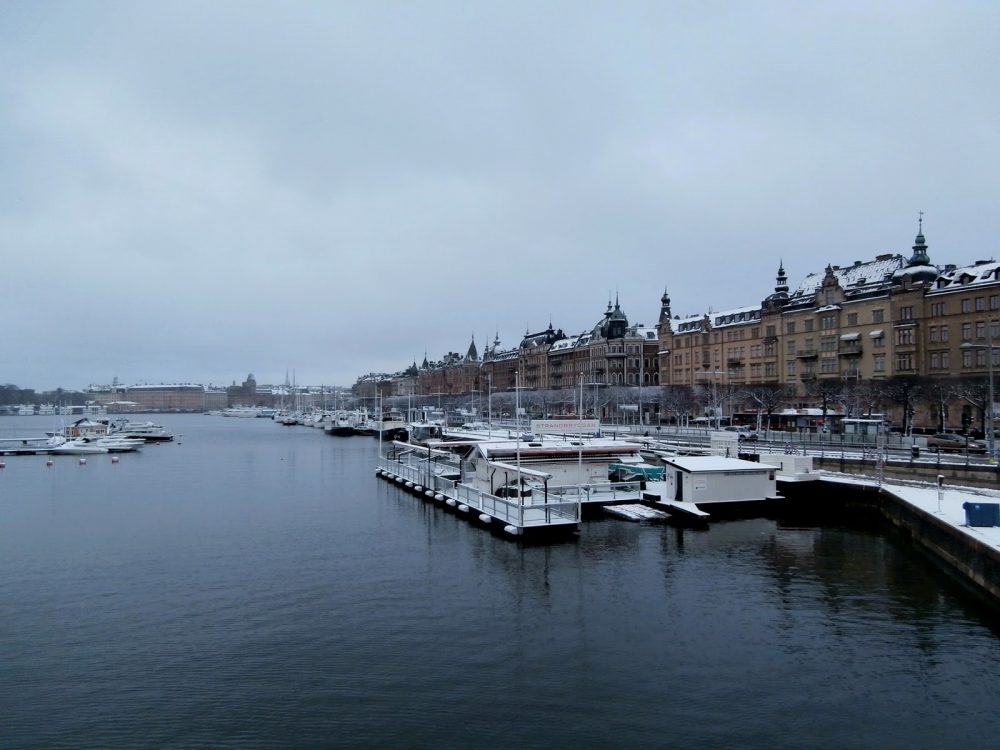
I have not written much about The Baltics, and it is a sad omission. The Baltic Sea covers a vast area of northern Europe, and a history that back to the Hanseatic League and forward to the contemporary structures of Northern Europe.
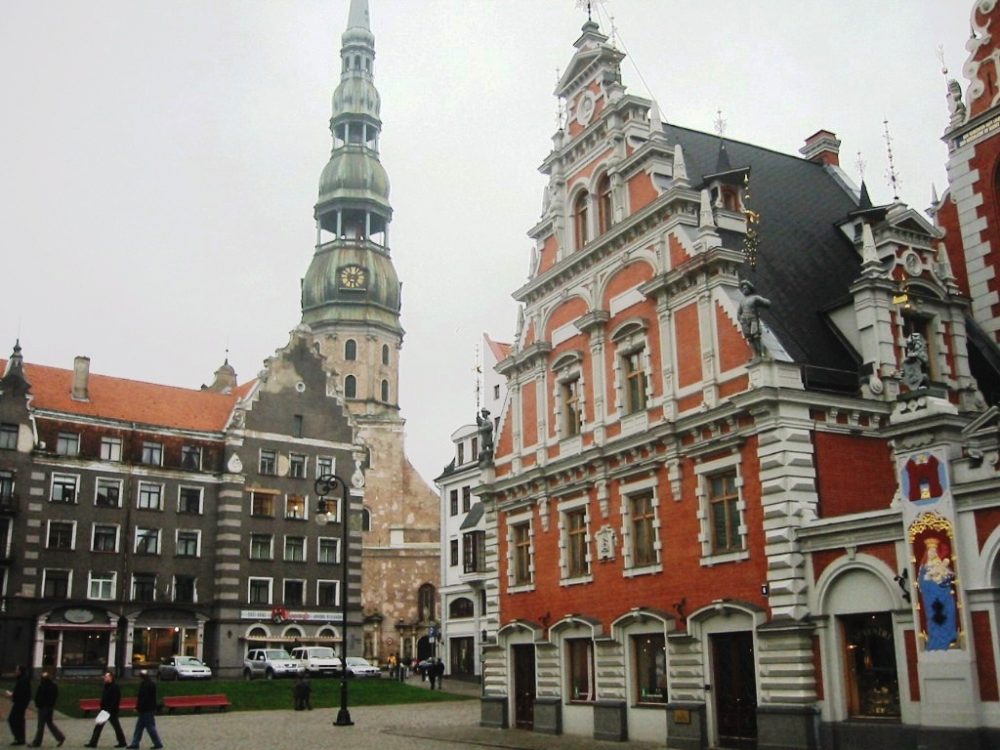
Table of Contents
St. Petersburg
For most of the Cold War period, the region was the purview of a variety of elaborate Swedish and Finnish ferries, a few fishing boats and hundreds of miles of formidable borders. All this, of course, has changed completely, and now the nine countries that border the region, plus the peculiar Russian exclave of Kaliningrad,are absolutely worth exploring.
The article is prompted in a way but my being in St. Petersburg as I write, and realizing that I was in Hamburg only three weeks ago. The similarities between the two cities, at least superficially, is more than simply a coincidence.
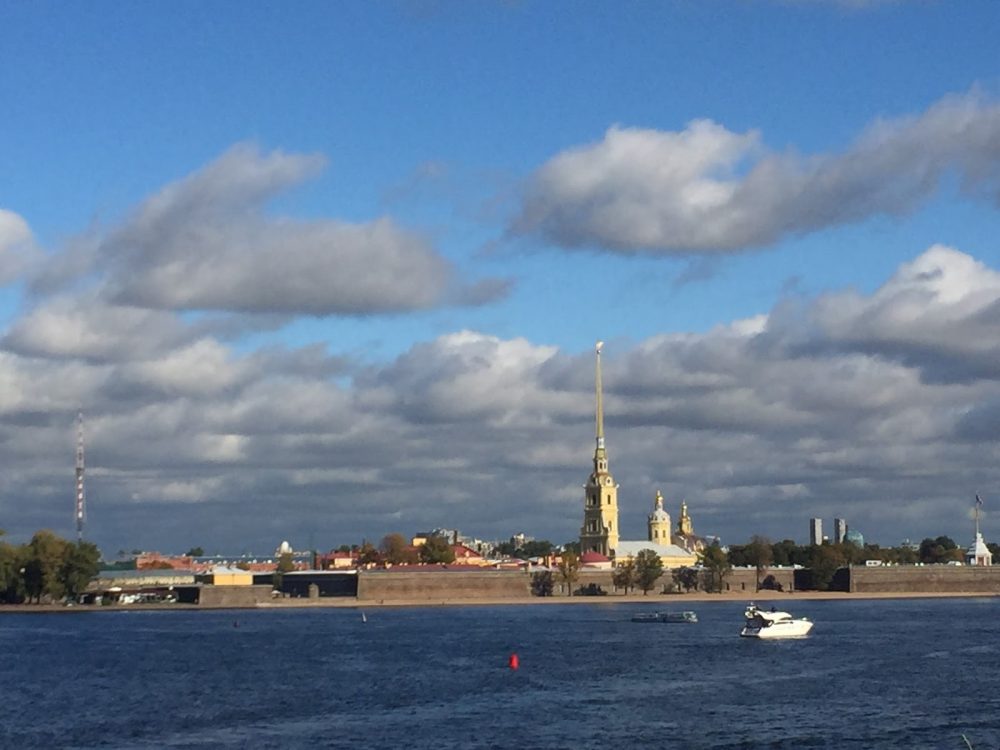
The article is prompted in a way but my being in St. Petersburg as I write, and realizing that I was in Hamburg only three weeks ago. The similarities between the two cities, at least superficially, is more than simply a coincidence.
The Hanseatic League
The region was, back in the fifteenth century dominated by a commercial organization called the Hanseatic League; this vast confederation stretched from eastern Britain to the eastern reaches of the Baltic, and during its peak, controlled commercial traffic and also offered a forceful and reliable legal framework for the citizens of the countries over whom it held influence.
Now most of the period’s visible artifacts are long gone, but there is a similarity in architecture, town structure and atmosphere in all of the great cities of this rather interesting period.

While there are few remaining practical features, it should be noted that “Lufthansa”, the German airline as “Air Hansa”, and the ancient “Hansabank” now operates from Sweden as the “Swedbank”. There are, however fascinating similarities that dominate this coastline.
It takes little imagination as one wanders through the tottering backstreets of Klaipeda in Lithuania or the vast system of docks and canals that comprise the Hamburg waterfront to imagine the power and strength, and indeed the supreme confidence that the Hanseatic League must have inspired.
Contemporary travelers, however, have considerably greater comfort and options for movement. It is most certainly possible to circumnavigate the Sea using a combination of public transportation and rented cars.
From Hamburg one can travel along the coast through Poland and then, bypassing Kaliningrad and its visa issues, into the three countries known as The Baltics (Lithuania, Latvia and Estonia).
Estonia, Latvia and Lithuania
And these three countries are marvellous. Beautiful, compact, friendly, and (it must be said in the context of Scandinavia) eminently affordable, they offer visitors a fine chance to explore. Renting a car for a few days is the best way to do so, and by plotting a circuit one can enjoy the quirkiness of the region at one’s one pace.
Each country is different; linguistically, geographically and by temperament. As the Cold War ended, the Danish government took Lithuania under its wing, the Swedes “adopted” Latvia and the Finns deepened their ancient ties with the equally linguistically-challenged Estonians.
These ties most certainly helped the three former soviet countries’transition into western Europe and the EU, and while they have had some bumps in the road, their position as growing economies and a part of the west is (fairly) secure.
For visitors, they are wonderful. Vilnius’ Old Town is a delight; ancient curly streets, small cafes, delightful arts shops and finely restored buildings, interesting seaside towns and villages in the countryside that time has simply forgotten.
Riga’s rather imperial visage is beautifully counterbalanced by a unique display of hundreds of soviet-era aircraft in an eccentrically curated museum adjacent to the city’s airport. Inland towns are vivid, forgotten and really rather nice.
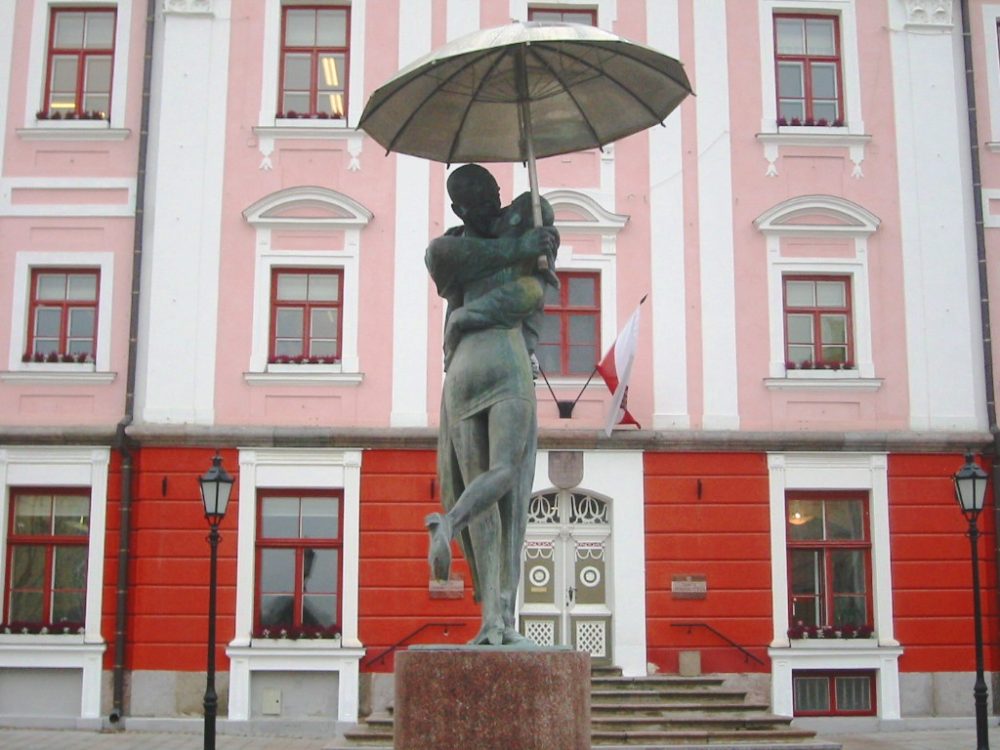
The air museum at Riga Airport

And to the north, and if one wants to go through the expense and hassle of obtaining a Russian visa, the city is really rather splendid. Its history is rich, its buildings lavish and the waterways that dominate the layout of St. Petersburg are delightful.
Then again, there is the visa, and at a cost of approximately $300 + courier fees, and now the requirement to visit a consulate to have one’s finger prints taken, many will simply not bother, and take the ferry from Tallinn to Helsinki instead.
Helsinki
And so to the Finnish capital, and perhaps Europe’s most forgotten destination; “A poor second to Belgium when going abroad” as Monty Python once intoned. It is, notwithstanding, charming; heavy weatherproof buildings dominate an active waterline, and inland, Finland continues for miles and miles of Canadian Shield-type countryside.
Protected from foreigners by an impenetrable language, strange protocols involving plunging naked into lakes in the winter, and a culinary admiration for the more peculiar, and dare I say it “economical” parts of large fish.
Stockholm
Finally, to Stockholm, the jewel of the Baltics; there are overnight “ferries” that ply between the Finnish and Swedish capitals, and it is really the only way to travel.
Vegas-like entertainment, blingy shopping and fine dining punctuate the 18 hour journey, and as you wake the ship will be meandering through the islands that make up the archipelago upon which Stockholm, my favourite European capital, is located.
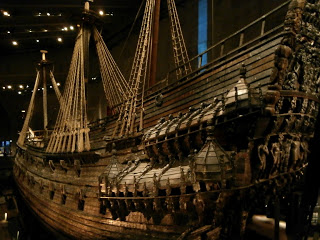
Eye-wateringly expensive, and equally gorgeous, it is a city to savour. Its grandeur, its location and topography and above all, it people are truly delightful, and offer visitors a glimpse into the richness that a progressive, historical and secure country can reach.
There are some wonderfully quirky museums, terrific public spaces, a fine waterfront and endless diversions that can happily see many days pass by.
One can travel easily through the region independently, or, of course, enjoy one of the many cruise lines that are offering a wide range of ports and combinations.
An independent trip, would possibly start in Hamburg, travel to Gdansk and on to Warsaw by train for an onward flight to Tallinn. In Tallinn, one could rent a car and spend some days in a circuit of the three “Baltic States”, and once back in Tallinn either continue to St. Petersburg and Helsinki by train, or directly on a ferry.
The ferry connection to Stockholm is simple, and from there to Copenhagen there are several daily trains. The final leg back to Hamburg could take advantage of the unique train-on-a-ferry option to complete this epic circumnavigation.
Allow 16 – 20 days!

